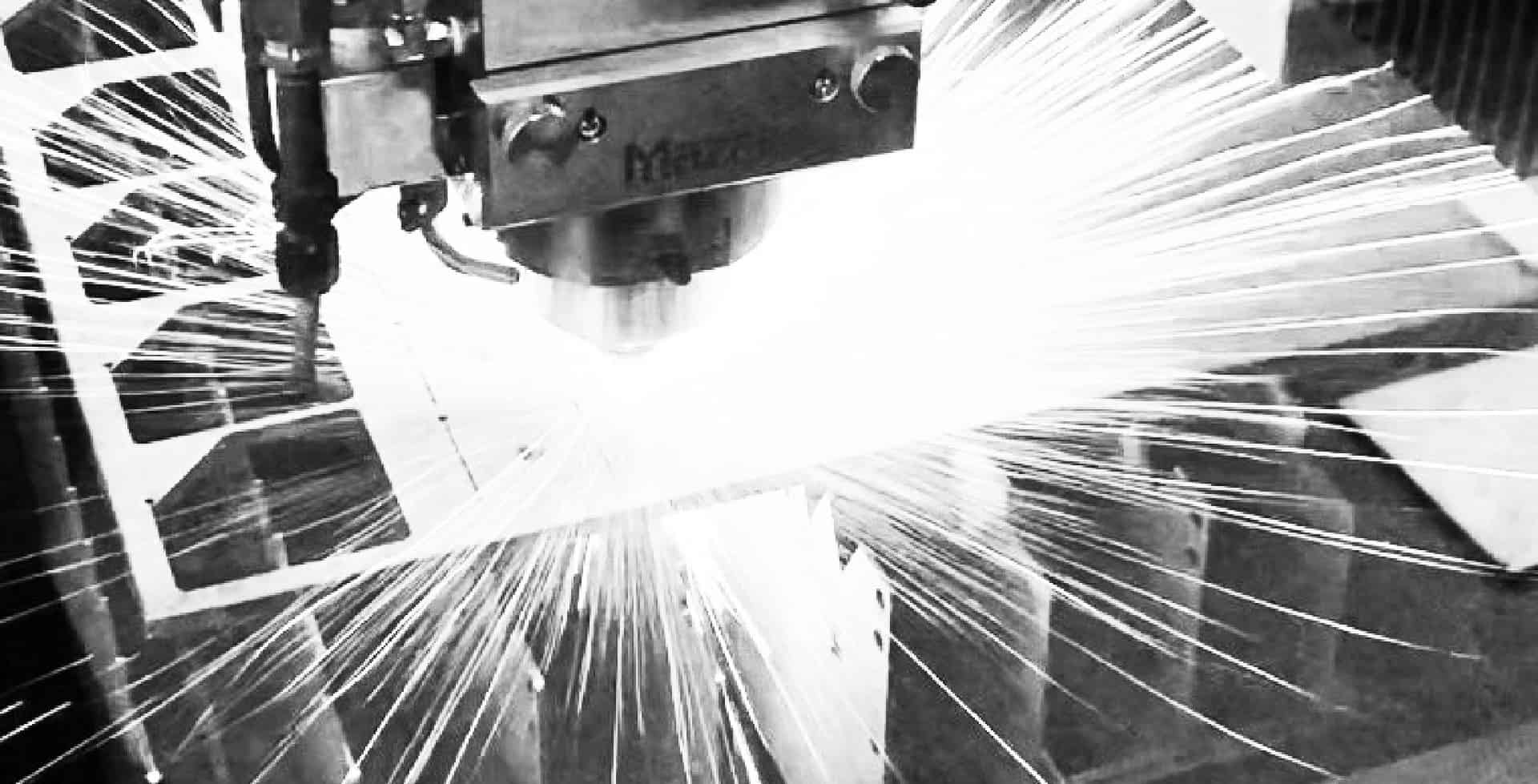When it comes to custom metal fabrication, customers demand quality parts, competitive pricing and reliable, quick turnaround times. Laser cutting has become the industry standard for producing high-quality parts quickly and accurately. IVI’s investment in a fiber optic laser has expanded our sheet metal fabrication services. With the addition of our 4.0 kW Mazak Optiplex…
Changing dust collector bags is one of the least desirable jobs of industry maintenance. Crawling into the collector is not only dirty business, it also requires you to take caution against exposure to the dust—sometimes harmful dust—that’s been collected in the baghouse. But, to keep your facility clean, healthy and comply with air quality regulations,…
When you need ductwork replacement, dust collector repair or even a new industrial dust collection system, it’s imperative to the health of your facility and employees that you receive your equipment as quickly as possible. At IVI, we pride ourselves in having the needed in-house fabrication equipment and staff to complete jobs on time to…
An industrial baghouse dust collector, when coupled with an industrial blower, functions like a large vacuum cleaner that pulls in airborne dirt, debris and other particulate matter generated by manufacturing processes. The baghouse dust collector then cleans the air by filtering out floating dust, dirt and debris. Once clean and free of contaminants, the dust…
Vice President Dan Struensee discusses the steps IVI Inc. takes when awarded a plan and spec industrial ventilation project.
IVI has design experts to help you reduce the effects of vortex shedding. Structural Engineer Cory Holmes, P.E., explains how to reduce vortex shedding on industrial ventilation stacks.
Industrial ventilation design engineering provides many benefits. Vice President Darwin Struensee discusses the benefits that a design engineering solution brings to an industrial ventilation system project. Learn how an in-house team of engineers and designers benefit projects of all sizes.
A significant amount of pre-planning must take place from design and fabrication to installation for exhaust stack manufacturers as part of your industrial dust collection system. Exhaust stack manufacturing is often part of an overall plant model, which determines the volume and exit velocity of air that can be discharged and the minimum elevation for…
Achieving optimum airflow through an industrial dust collection system is done by balancing the system. Balancing involves adjusting the dampers to provide proper airflow to individual pickup points. It’s important to understand how your industrial dust collection system is performing and how to accommodate the ever-changing effects on the system through balancing. Why balancing your…
The buildup of combustible dust can present hazards to your employees and facility. In this video, IVI Project Engineer Doug Schauer discusses the ingredients that lead to a combustible dust explosion, industries most at risk for dust explosions and how to protect your facility. See how IVI can help through its design, build and install…
When a new dust collector installation occurs, the installation may alter hood and duct flow rates. Therefore, it is imperative to consider the installation’s effects, in order to reduce worker safety risk and ensure continued compliance with environmental regulations. We explain what to consider before undertaking a new dust collector installation, such as: Whether adding…
Baghouse filters are cleaned when compressed air is blown into the filter to release dust buildup. A pulse controller times the burst of compressed air that is used to clean baghouse filters, a practice that improves baghouse efficiency and increases bag life. Types of pulse controllers Pulse controllers come in two types—a simple timer and…
Industrial baghouse maintenance contributes to longer bag life, better efficiency and lower operation costs. A critical component in baghouse efficiency is properly maintaining its filters. Why baghouse maintenance is important Increasing efficiency With proper maintenance, the dust collection system as a whole will function more efficiently and have consistent air flow. That’s because it takes…
Industrial dust collectors generally have multiple collection points—also called pickup points. Determining where to place these collection points in your facility should be based on several factors, from the type of material being collected to workers’ health and wellness. By choosing optimal locations for localized dust collection, you are likely to maximize system air flow,…
Industrial dust collection systems should be designed for optimal industrial airflow. Each type of industrial collection system—dust collection and fume collection—has unique requirements for optimized airflow. Benefits of proper industrial airflow by dust collection type Design methods for industrial airflow Duct Network Design Either the blast gate or balance method can be used to design…
